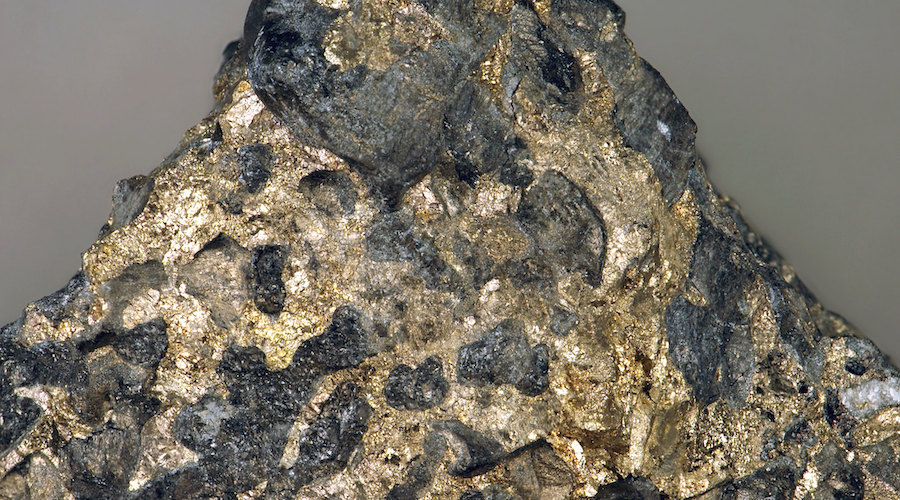
Researchers at Tsinghua University have devised a method for combining platinum and lanthanum as an alloy to serve as a catalyst in the next generation of fuel cells which will improve their performance and slash their cost.
In a paper published in the journal Nano Research, the team behind the development points out that up until now, the type of fuel cell most commonly used in a number of devices, from satellites to the Space Shuttle, has been the alkaline fuel cell, whose invention dates back almost a century.
The next generation is more likely to look something like Polymer Electrolyte Membrane Fuel Cell, which also uses hydrogen to produce electricity but is much more compact, making it especially attractive for heavy transport vehicles.
Key to making such electrochemical reactions more efficient—and thus reducing the cost of fuel cells to make them more competitive with using fossil fuels—is finding better catalysts.
Of all these ‘electrocatalysts’ that make the key chemical reaction (the oxygen reduction reaction, or ORR) possible, platinum is by far the best. But for Polymer Electrolyte Membrane Fuel Cells (PEMFC), in particular, the incredibly high cost of platinum has been a major barrier to their adoption.
The fact that platinum degrades after a few cycles of use in the highly corrosive PEMFC environment is another major barrier.
“So the hunt is on for an electrocatalyst that is low-cost, more resistant to degradation and thus stable over longer periods of time, while also delivering impressive current density—in other words, the amount of electrical current per unit of volume,” Siyuan Zhu, one of the authors of the paper, said in a media statement. “And so enabling us to keep the promise of the compactness of PEMFCs.”
The main option that has been under consideration for cost reduction is ‘diluting’ the amount of platinum needed by alloying it with other, cheaper metals that can assist or even enhance Pl’s catalytic properties.
The top candidates have so far been the so-called late and mid-transition metals such as iron, manganese, chromium, cadmium and zinc.
Late transition metals have, however, proven not to be immune to dissolution in the harsh, corrosive PEMFC environment. This not only results in steady declines in performance, but the dissolved metal further reacts with byproducts of the oxygen reduction reaction, causing uncontrollable damage to the entire system.
On the other hand, early transition metals, such as yttrium and scandium, are much more stable.
But among early transition metals, there is one group that has so far been overlooked: rare earth elements (REEs).
The issue with REEs is that they show poor conductivity and solubility in acidic media. In principle, these problems can be overcome by using synthetic methods for the production of a platinum-REE alloy, but up to now, there have been few reports of any feasible synthetic methods.
This is why the Tsinghua researchers devised one for the preparation of an alloy between platinum and the REE lanthanum.
The technique involves two simple steps. First, they obtained readily available lanthanum salts and trimesic acid, and these two precursor materials then self-assembled themselves into nano-scale ‘rods’. These nanorods were then impregnated with platinum at 900°C. This very high temperature is necessary to ensure a smooth process of alloying the two metals.
The resultant platinum-lanthanum nanoparticles were then stress-tested for their performance in a fuel cell. The alloy electrocatalyst surpassed the researchers’ expectations, delivering superior stability and activity even after 30,000 fuel-cell cycles.
With the success of lanthanum as an alloy partner for platinum having been demonstrated, the researchers now want to explore whether other rare earth elements can beat lanthanum’s electrocatalytic performance when alloyed with platinum.